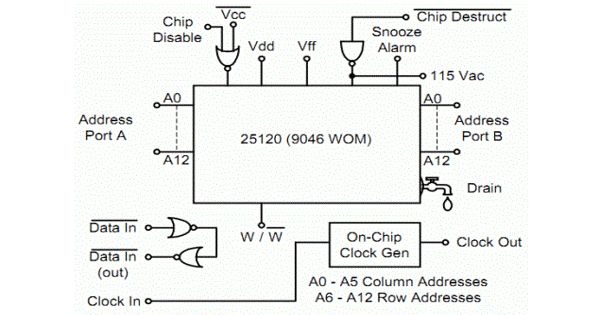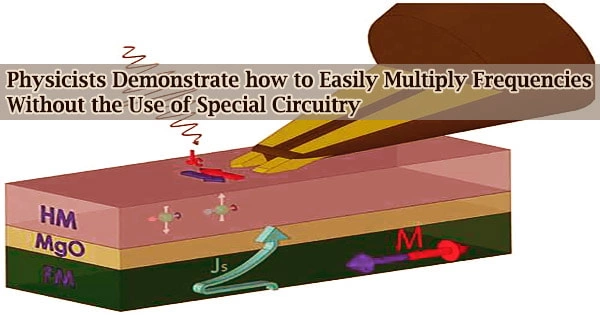Write-only memory describes memory locations that cannot be read but can only be written to. In information technology, a write-only memory (WOM) is a memory location or register that can be written to but not read. In some senses, this term is a logical fallacy in IT, but it does have some relevance to certain systems involved in the interaction between microprocessors and some kinds of hardware. In addition to its literal meaning, the term may be applied to a situation when the data written by one circuit can be read-only by other circuitry. Since there should be no practical use for a memory circuit from which data cannot be retrieved, the concept is most often used as a joke or a euphemism for a failed memory device.
The most common occurrence of the latter situation is when a processor writes data to a write-only register of hardware the processor is controlling. The first use of the term is generally attributed to Signetics in 1972. The hardware can read the instruction but the processor cannot. There may be cases when errors with hardware or software design result in a situation where data can be written to an area that is not accessible. This can lead to problems in producing device drivers for the hardware. These issues are typically caught in the course of testing and addressed so they don’t become frustrating for users.
In the most basic sense, write-only memory is the opposite of read-only memory or memory that cannot be modified after writing. The most frequent occurrences of write-only memories are where the memory locations are registers or an integrated circuit being used to control or pass information to, hardware outside the processor. Logically, read-only memory makes sense. Although a user or device can’t modify that memory, it can still provide helpful input, because it can be read.
The idea of write-only memory, or memory that can’t be read, seems useless. However, experts point out that in some cases, methodologies for creating CPU interactions with hardware can lead to memory locations that could be called write-only memory from the viewpoint of the processor itself. So, while the processor can’t read the memory that it has written, other parts of the hardware setup may be able to do so.
Write-only memories also find applications in security and cryptography as a means of preventing data being intercepted as it is being decrypted.
Information Source:
















